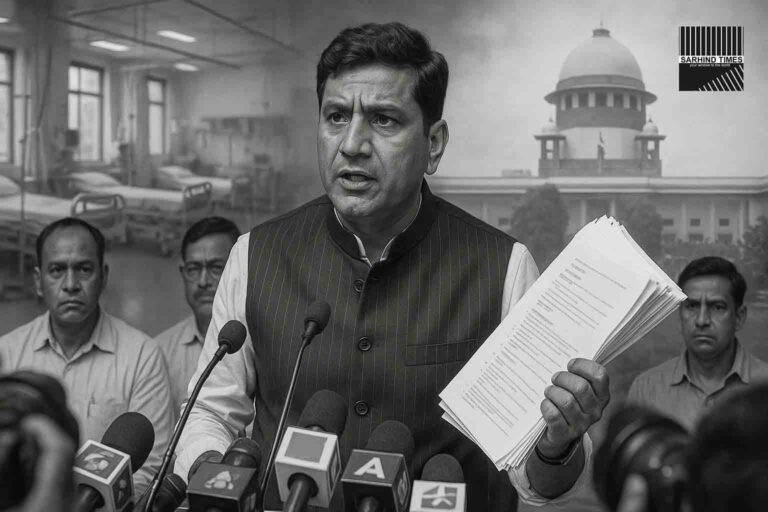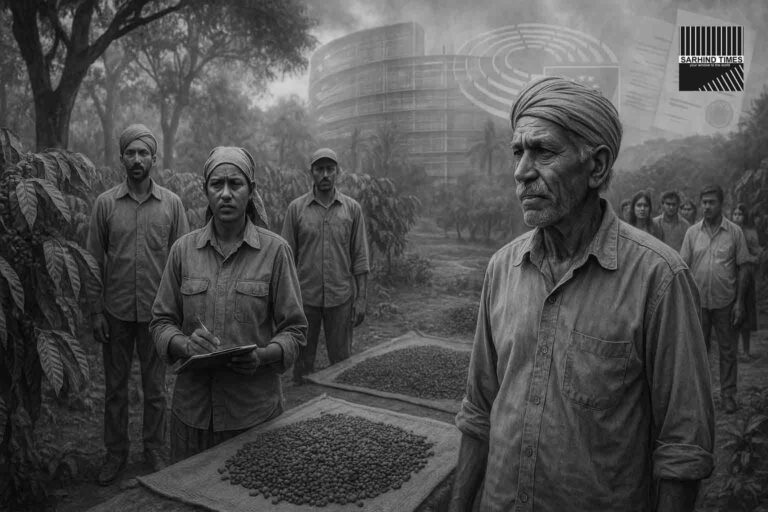New Delhi, July 3, 2024 — The India Meteorological Department (IMD) announced on Tuesday that the southwest monsoon has covered the entire country six days ahead of its normal schedule. This marks the third consecutive year the monsoon has achieved this early coverage, significantly influencing kharif sowing decisions and agricultural activities.
Early Onset and Rapid Progress
The onset of the monsoon over Kerala and most parts of the northeast occurred simultaneously on May 30, ahead of the usual dates of June 1 and June 5, respectively. Despite a sluggish progress between June 10-18, the monsoon managed to cover the entire country in just 34 days, compared to the typical 38 days.
Impact on Agriculture
The early arrival of the monsoon has been crucial in guiding kharif (summer-sown) crop sowing decisions. Farmers rely on the timely onset of the monsoon to plan the irrigation cycles for crops like paddy, sugarcane, coarse cereals, and cotton. The IMD records indicate that this is the seventh time in the past 12 years and the 14th time in the past 25 years that the monsoon has covered the entire country ahead of time. The earliest recorded instance was in 2013, when the monsoon covered the country by June 16, coinciding with the Kedarnath disaster in Uttarakhand.
Deficit Rainfall and Increased Acreage
Despite an 11% deficit in rainfall in June, the overall acreage of kharif crops has not been adversely affected. The peninsular region of India reported over 14% more than normal rainfall, aiding sowing operations. According to data from the Agriculture Ministry, the total acreage of all kharif crops as of June 28 stood at 240 lakh hectares, 59 lakh hectares more than the corresponding period last year. This increase is attributed to higher acreage of less water-consuming crops such as pulses and oilseeds.
Broader Implications
The monsoon season, spanning from June to September, is critical for India’s agriculture, water management, and hydro-power generation. The timely coverage and withdrawal of the monsoon, which typically begins retreating from northwest India around September 17 and fully withdraws by October 15, are vital for these sectors.
Conclusion
The early coverage of the southwest monsoon this year has provided a positive impetus for kharif crop sowing and agricultural planning. Despite initial rainfall deficits, the increased acreage and favorable conditions in certain regions highlight the resilience and adaptability of Indian agriculture.
For more updates on this and other news, visit Sarhind Times.






















+ There are no comments
Add yours